There are now more than 300 blockchains, and this number is growing. As new Layer 1 launch and rollup frameworks mature, this trend of increasing number of blockchains seem to continue. In this evolving landscape, considering expansion to other blockchains is becoming a "Must-To-Do."
Amid this growth, LayerZero has introduced lzCatalyst, an initiative by the LayerZero Foundation. This program aims to connect developers with leading crypto venture capital firms, including a16z Crypto, Delphi Ventures, and PayPal Ventures. These firms are prepared to invest up to $300 million in developing new omnichain applications on LayerZero.
Is lzCatalyst just “Another Investment/Grant Program” from a mature protocol? In this opinion piece, we'll delve into what it means to build a cross-chain product. Then let’s explore key considerations when starting to build a cross-chain product, including a comparison of major messaging protocols and available developer support.
What does it mean to build a cross-chain product? The mission is simple, to get connected with other blockchain ecosystem and expand the reach. To achieve this, it can be done in three steps (i) connect two blockchains by sending and executing messages with a messaging infra, (ii) build a simple application logic on top of messaging to trigger certain actions in other blockchains, and (iii) build a complex logic that are deployed in other blockchains.
In this section, lets look into these steps from the offerings of LayerZero.
Blockchains are typically isolated systems, each with its own state machine, storage, and execution logic. Protocols like LayerZero, wormhole, axelar bridge this gap by enabling cross-chain communication through data and message transfer. This allows developers to create applications that interact seamlessly across multiple chains without needing to understand the complex underlying mechanics.
LayerZero V2 uses smart contracts on supported blockchains as Endpoints for incoming and outgoing messages. It also supports customizable Decentralized Verifier Networks (DVNs) to transfer messages between chains, and Executors to ensure message execution.
Putting it into more plain words, the cross-chain messaging process in LayerZero involves three main components: a message Endpoint (LZ Endpoint), transport middleware (DVN), and a message handler (Executor). Each applications can customize these components to suit their specific needs.
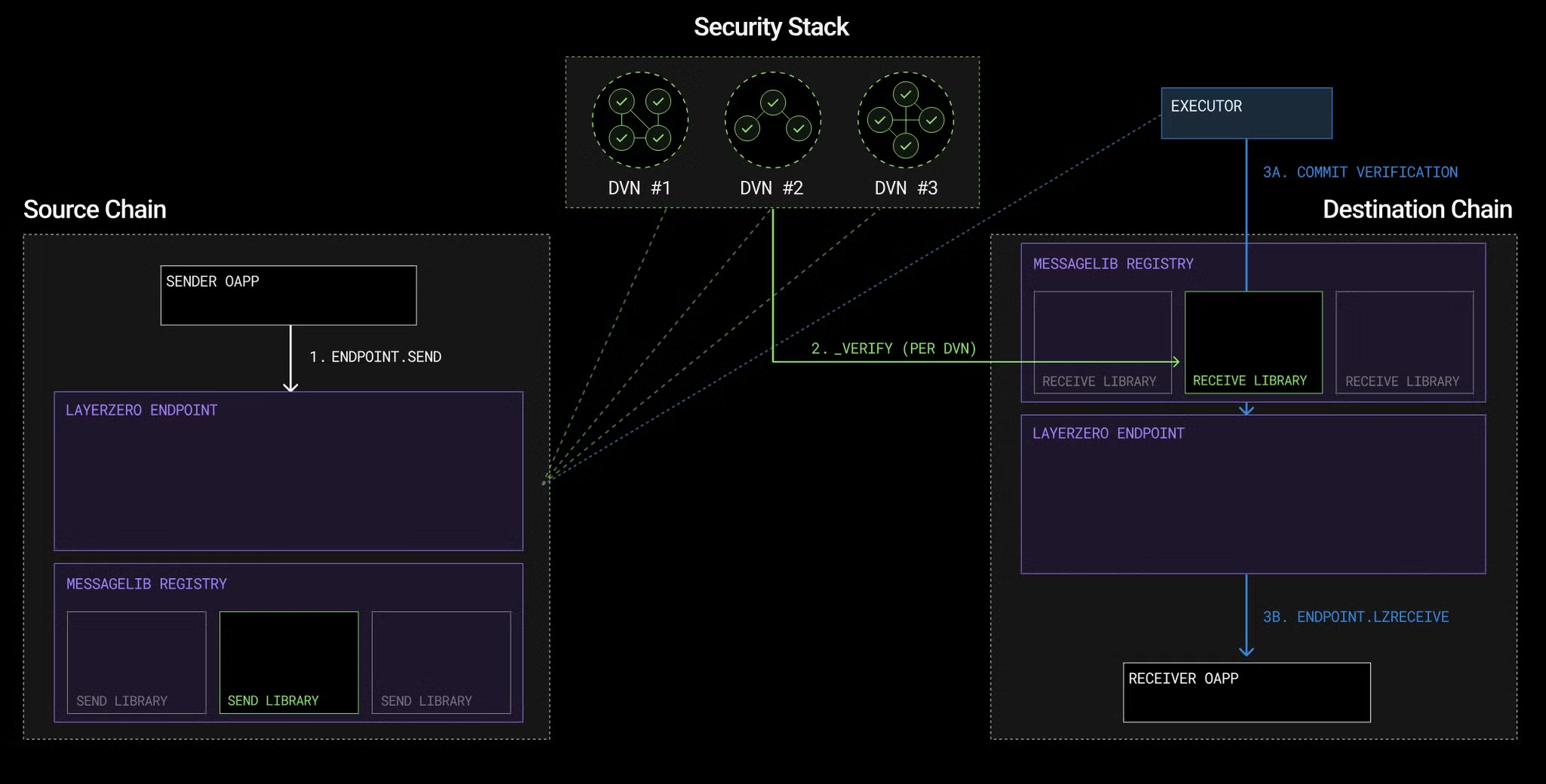
Source: Developer Overview | LayerZero
LayerZero V2 provides an interface for developers to implement custom logic on top of cross-chain messages. After a message is sent, application logic executes the given instruction. Developers can first use the send() function to transmit messages between different blockchains, specifying the destination and content of each message.
LayerZero offers two main types of interface contracts - for protocols to build custom logic, and for token projects to build an omnichain token.
OApp (Omnichain Application): This is a general-purpose interface for sending any kind of data between blockchains. It's designed for developers to focus on building their application without needing to understand all the technical details of how LayerZero works. It can be used for various purposes, from cross-chain lending to voting systems.
OFT (Omnichain Fungible Token): This is a special type of token that can be sent between different blockchains. When an OFT token is sent to another blockchain, it is burned on the original chain and then minted on the new chain. This keeps the total number of tokens the same across all blockchains, creating a unified token supply. (It also has a standard called ONFT that supports Non-Fungible Token)

Source: LayerZero Endpoint | LayerZero
Building upon LayerZero V2's messaging infrastructure, developers can create more sophisticated cross-chain applications. This enables them to build uniform applications that work and sync across different blockchains. Some examples include:
Radiant: it is an omnichain lending protocol that allows users to deposit assets on one blockchain and borrow supported assets across multiple chains, leveraging LayerZero's messaging system and Stargate's stable router interface.
Stargate: It is a cross-chain liquidity transfer protocol that enables single-transaction swaps of native assets across multiple blockchains, improving user experience by eliminating manual token conversions.
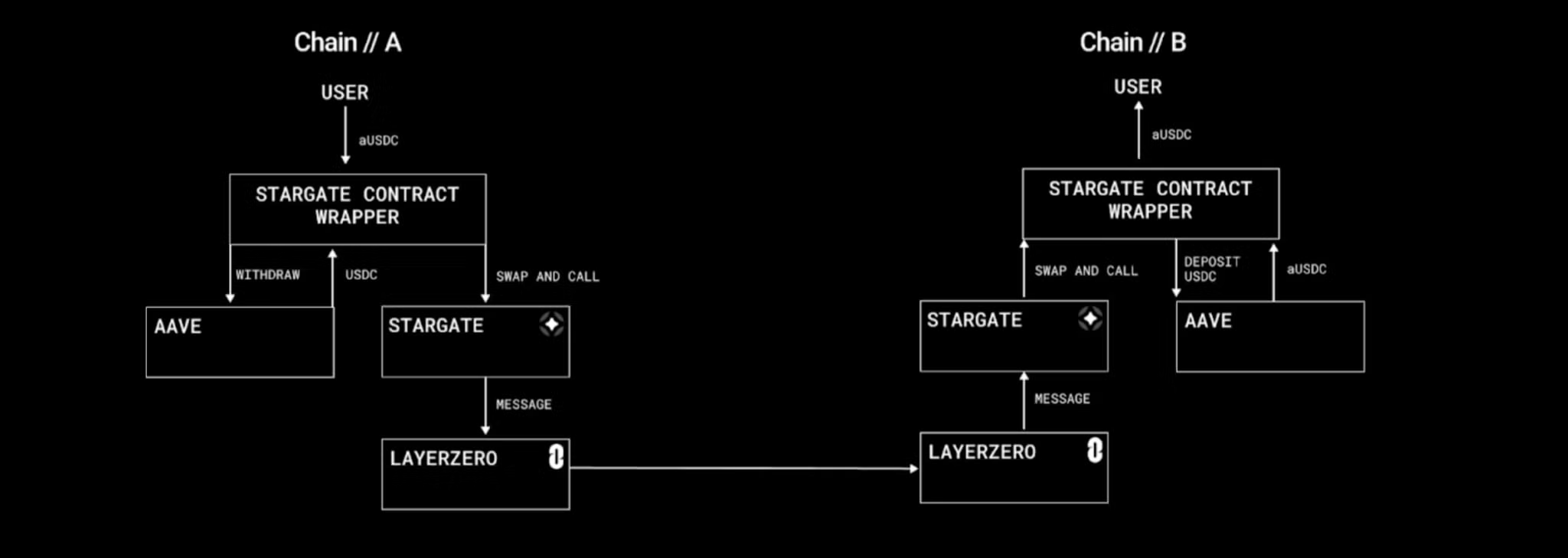
Source: [ARFC] - Whitelist Stargate for V3 Portals - Governance - Aave
After understanding the adequate needs and offerings explained in “1. Background,” the next actual next process would involve (i) comparing different solutions (ii) understanding the support from each project.
The cross-chain messaging landscape is maturing, with only few protocols dominating market share. While token bridging sees active development in interchain market making and intents, new messaging protocols face challenges entering the market. Established protocols are offering more customized message delivery and enhanced security features and solidifying their dominance. Below is a comparison table on the major solutions from a developer's perspective.
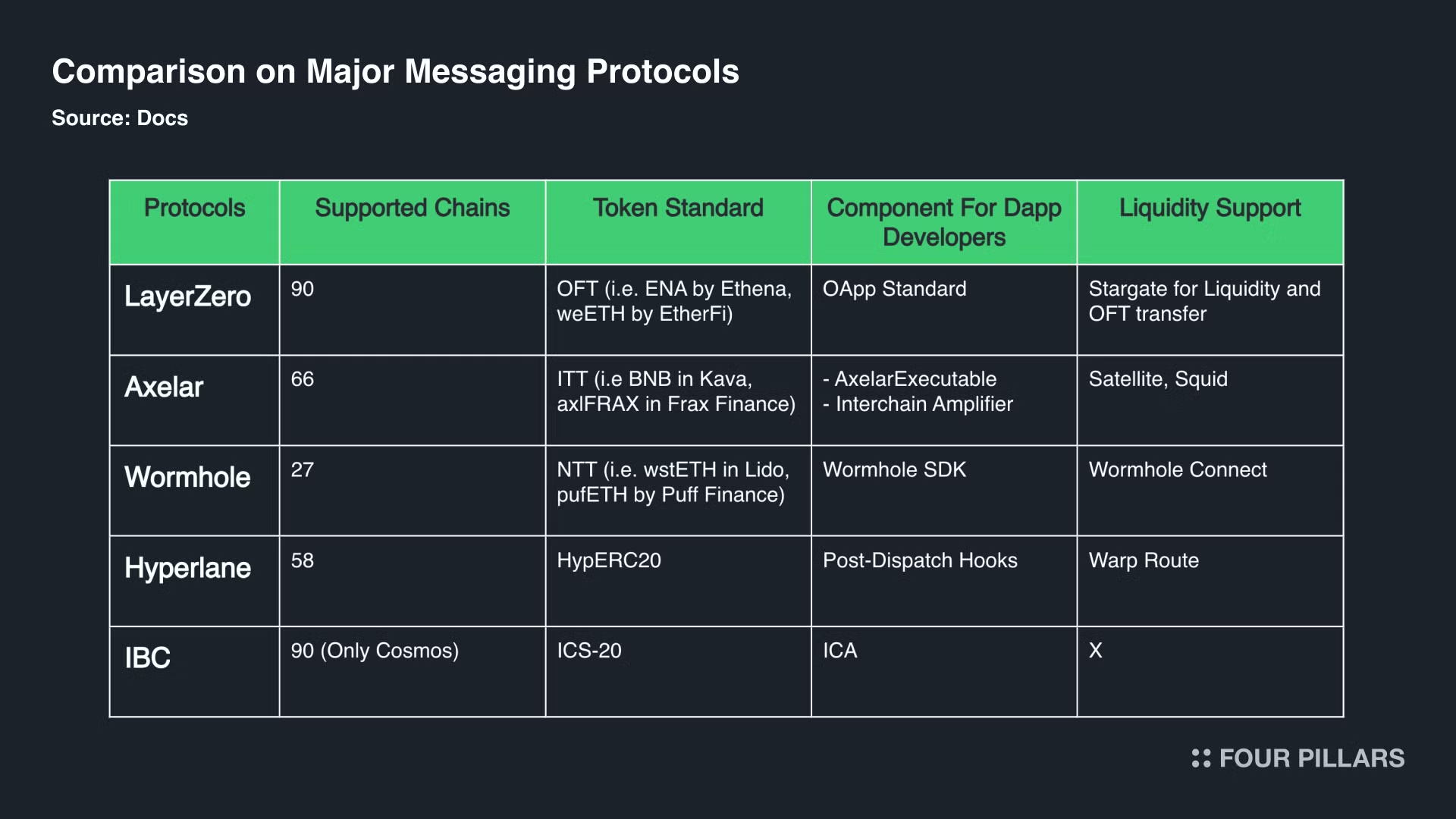
Other notable cross-chain messaging (also known as GMP) solutions include Polymer, Omni Network, Union, and Celer IM. However, these have not yet gained significant momentum in the market.
Grant and investment programs are common strategies employed by protocols to stimulate ecosystem growth. These initiatives typically offer financial and developmental support to projects building on their platform. lzCatalyst, launched by LayerZero, shares a similar objective: to support and nurture projects within its ecosystem with potential invesments from major VCs and support from the LayerZero team.
However, the question arises: How would lzCatalyst differentiate itself from traditional grant/investment programs? While such programs have proven effective in kickstarting ecosystem expansion, they often struggle with long-term sustainability. The challenge lies in creating a support system that not only provides initial backing but also fosters ongoing growth.
The effectiveness of lzCatalyst's approach remains to be seen. Its success will likely depend on several factors, including the quality of projects it attracts, and the depth of support it provides. As there are similar programs that are offered by other messaging protocols, like Cross-Chain Ecosystem Fund/Base Camp Accelerator by Wormhole, it will be interesting to observe whether lzCatalyst could offer a more effective and sustainable model for ecosystem growth.
As LayerZero has been the leading protocol in the cross-chain messaging landscape, it will be important to follow their first growth initiative.
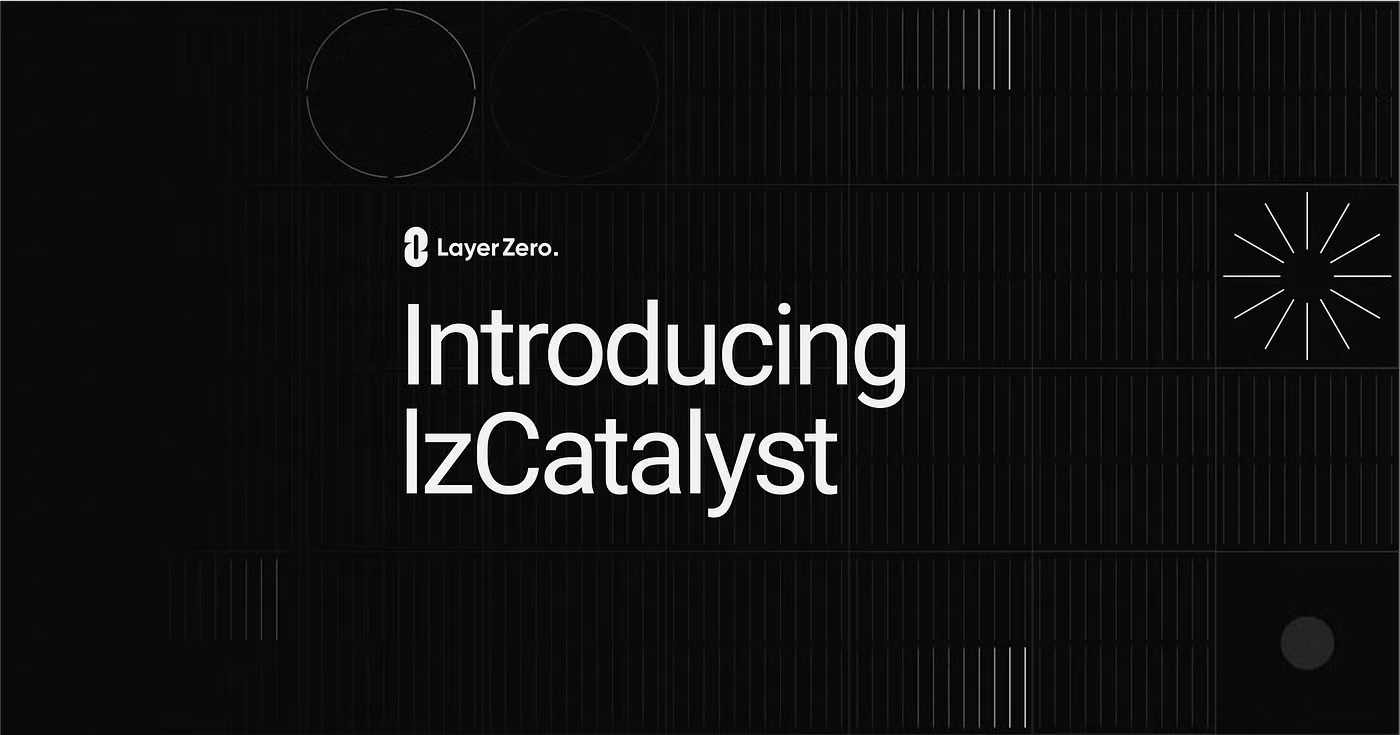
Source: lzCatalyst. | Sep, 2024 | LayerZero Foundation
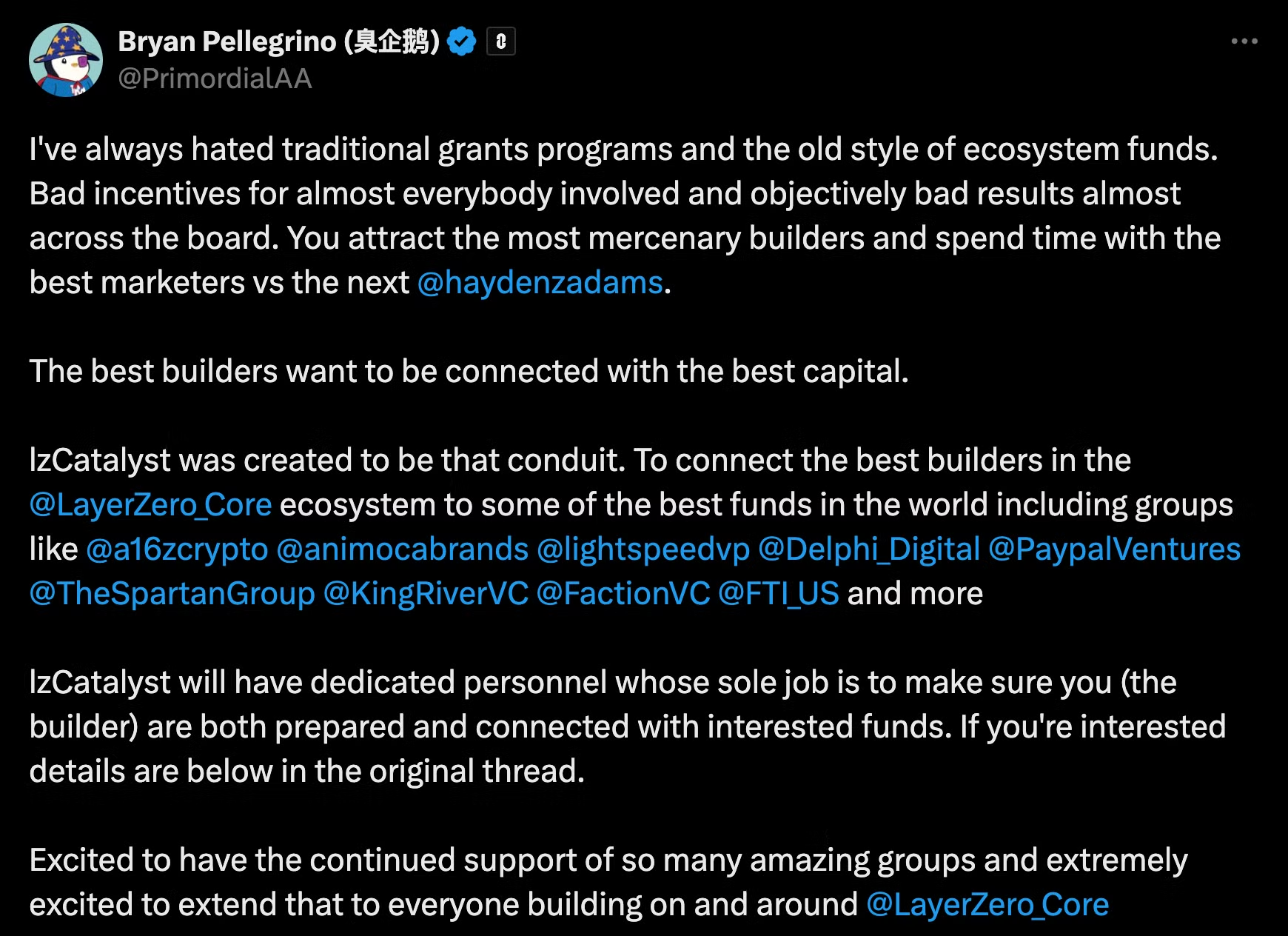
Source: X (@PrimordialAA)
Related Articles, News, Tweets etc. :
Four Pillars - LayerZero: Pushing the Boundary of the Cross-Chain Capabilities
LayerZero Foundation - lzCatalyst. | Sep, 2024
Dive into 'Narratives' that will be important in the next year